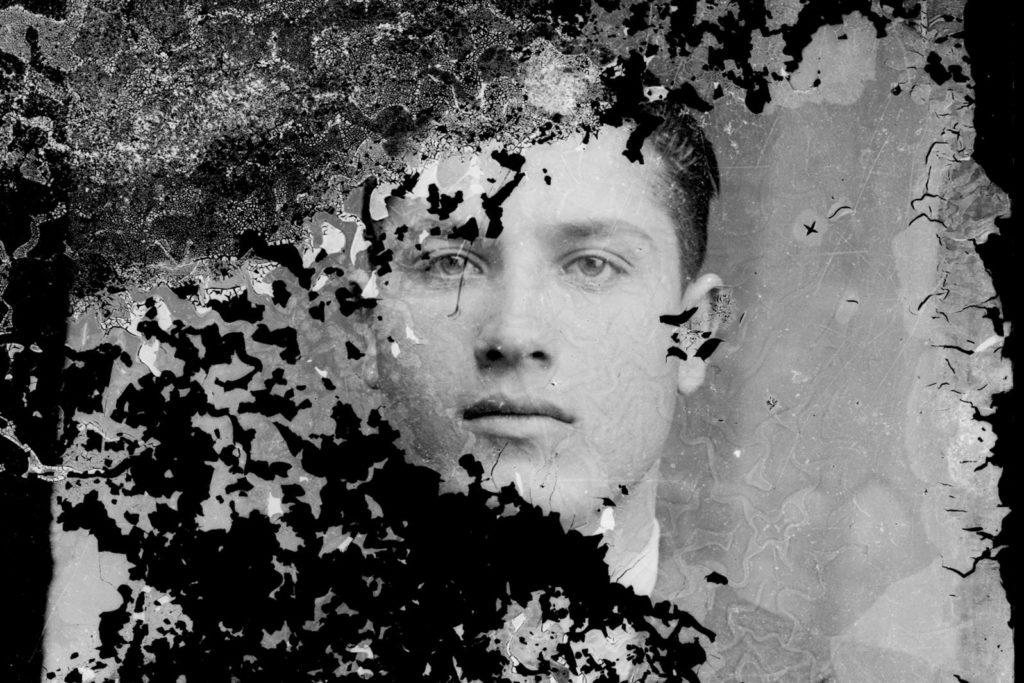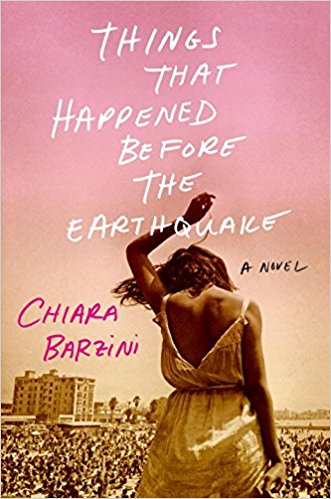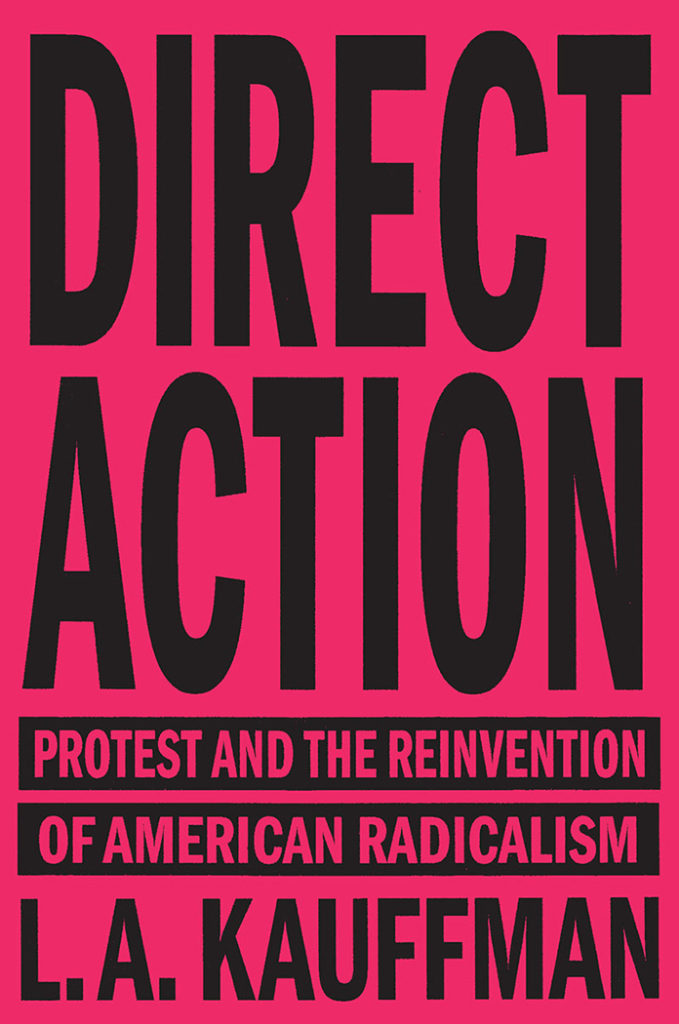【Young Kinky Sex (2008) Watch online full movie】
What (Else) Our Writers Are Reading This Summer
This Week’s Reading
Earlier this summer, in place of our usual staff picks, we asked five contributors from our Summer issue to write about what they’d been reading. This week, we’ve asked five more. You can read June’s writer picks here.

Mihail Sebastian, circa 1930–45.
I just finished Mihail Sebastian’s 1934 novel/notebook For Two Thousand Years, which Other Press is about to publish for the first time in the U.S. It is—among many other things—an elegant and candid and horrifyingly understated account of watching violent unreason rise around you. He almost can’t believe what’s happening. Alli Warren’s I Love It Though, from the excellent Nightboat Books, is helping me to love it, the whole fucked up thing, despite the long daily litany of reasons to despair: “I wave a flag for brute feeling,” she writes, and I’m rallying to it. “Or the courage or not / of me and my friends / orbital in lilt, directive in drink / while container ships brim / and caps and bergs / slope across the slog / I want to be able to continue / to love to stay alive.” With my daughter’s I’m reading ¿Qué puedes hacer con una paleta?by Carmen Tafolla, illustrated by Magaly Morales. I’m reading it some thirty times a night. —Ben Lerner (“The Camperdown Elm”)
I recently read two excellent, very different books about identity, home, and belonging (the theme of my recent Paris Review Daily piece). The first was Strangers in Their Own Land: Anger and Mourning on the American Right, which uses personal interviews to analyze why people in the Southern U.S. are often hostile to government protections for their own threatened and beloved environment—and more broadly, why these people voted for Trump. The book helped me see how these choices might make at least an emotional kind of sense. The second is also set in the American South, and plays a terrifying thought experiment with Hochschild’s story of the deep antagonism and mutual misunderstanding between the North and the South of the United States. American War by Omar El Akkad evokes a dystopian future in which the disagreement about the proper use of fossil fuels leads to another American civil war, and we see how one individual—a girl from Louisiana who grows up in a refugee camp for displaced persons and is later subjected to years of torture—forms a desperate, enraged, dangerous sense of identity through her attachment to a home that has been utterly destroyed. —Emily Wilson (a translation of Homer’s Odyssey)

“My father thought all he needed to make a film was to hire trusted family members to be part of it. And we believed him. Ours would be an Italian family affair, just like the Coppolas. The reason why family-owned restaurants had the best food was because it was in everyone’s interest to run a good business.” In Things That Happened Before the Earthquake, a family of upper-class Romans tries to go to Hollywood and winds up in the San Fernando Valley—with dire results for their teenage daughter, Eugenia. Set in the early nineties, between the Rodney King beating and the earthquake of 1994, Chiara Barzini’s wry, vivid first novel tells the story of a precocious, sexually and intellectually curious kid in a chaotic and dangerous new world. —Lorin Stein (a translation of Patrick Modiano’s “The Hat”)
Of course—since I’m eligible (not everyone is)—I vote in local elections; sometimes I call officials or knock on doors or march. But I have never been arrested for blocking traffic, toppled Confederate monuments with my own chain, or locked myself to an old-growth tree. If you want to know what that’s like, or if you want to know when, whether, and why such projects have succeeded in the recent past, in the United States, you, too, will be glad you read L. A. Kauffman’s brief, clearly written, and densely researched Direct Action. By the end, you may also revise your definition of success. Kauffman’s story starts with the implosion of the New Left; she ends, as you might expect, in Ferguson, where national black-led organizations “were savvy enough not to try to … speak for the protesters,” but “looked for ways to support them.” Kauffman covers the Seabrook Clams (who stopped a nuclear plant), ACT UP, the Lesbian Avengers, and the second Gulf War; she’s clear on the goals, and the downsides, of “prefigurative” movements, where activists model the society they want (result: hours and inconclusive meetings), and she shows how white-led movements can go off the rails. Kauffman says she took decades to write the book, in part because she spent so much time participating in the kinds of actions she chronicles. Nonetheless, she’s produced not a set of a rules for radicals but a pellucid history, one whose well-meaning actors make choices that resemble—but are not quite—those we face now. —Steph Burt (“Spoken for a Pair of Ferrets”)

I’ve been taking care of the plants at my mother-in-law’s apartment, and the other day on the bookshelf I came across a copy of On Photography. As Sontag goes it’s pretty approachable, and still I’m basically holding on for dear life. But the overall effect is Sontag’s unrelenting moral rigor applied wholesale to an entire form. Fair enough: whatever the subject, a photo is an act of appropriation, of exploitation—to a lesser extent, admittedly, in an Edward Weston photo of lettuce than in the photographs, mostly of women of color, collected under the title “Passengers,” that Chris Marker took in secret on the Paris metro, or in the nightmarish images of prostitution and drug use and squalor Antoine d’Agata has been gathering the world over throughout his career, a large selection of which can be found in a volume called Atlas, and in many of which he appears with his subjects, enacting literally the more abstract violations inherent to the camera. On a lower shelf with higher clearance, I found copies of both of these truly captivating books as well, and flipping through them in my mother-in-law’s bright living room surrounded by shrubs and succulents and orchids, it’s hard not to think of art in general as an appallingly inhuman practice. But then, what Sontag always brings home is that an uneasiness about art is one of art’s most reliable exhilarations. —Chris Knapp (“States of Emergency”)
Search
Categories
Latest Posts
Human Inhuman
2025-06-26 01:21Apple iPhone 16e doesn't have MagSafe, but there's a fix
2025-06-26 00:51Best Samsung Galaxy Buds 3 Pro deal: Get them for $125.99 at Amazon
2025-06-26 00:33Wordle today: The answer and hints for February 20, 2025
2025-06-26 00:19Fascism for Dummies
2025-06-25 23:00Popular Posts
Motherhood!
2025-06-26 00:43Best Samsung deal: Save $230 on Samsung Galaxy Watch Ultra
2025-06-26 00:33What So Proudly We Hailed
2025-06-25 22:53Featured Posts
The Party Bosses Decide
2025-06-26 00:52Oppo Find N5 is an incredibly thin, yet powerful foldable phone
2025-06-26 00:49Best Samsung deal: Save $230 on Samsung Galaxy Watch Ultra
2025-06-26 00:17Webb telescope finds Milky Way black hole never stops strobing light
2025-06-25 23:52The Precocious Socialist
2025-06-25 23:10Popular Articles
Fresh Hell
2025-06-26 00:54Perplexity's new Deep Research tool is powered by DeepSeek R1
2025-06-26 00:17NYT Strands hints, answers for February 22
2025-06-25 23:46Hot World, Cooler Heads
2025-06-25 23:42Newsletter
Subscribe to our newsletter for the latest updates.
Comments (56885)
Exciting Information Network
What Philly’s DA Win Looked Like from the DJ Booth
2025-06-26 01:27Neon Information Network
Best Garmin vívoactive 5 deal: Save $70 at Best Buy
2025-06-26 01:12Leadership Information Network
Best Apple deal: Save $300 on Apple Studio Display
2025-06-26 01:05Belief Information Network
Pakistan vs. India 2025 livestream: Watch ICC Champions Trophy for free
2025-06-26 00:21Exploration Information Network
Unexpected Consequences
2025-06-25 23:19